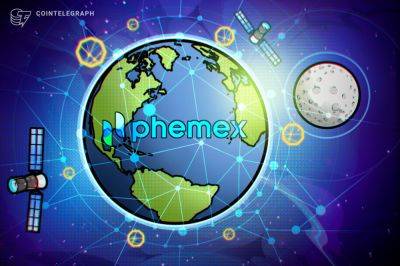Web3 has permanently changed how marketing works
My journey into Web3 marketing officially began when I joined ConsenSys as chief marketing officer in 2016, where I built the first Web3 marketing team and helped bring Ethereum as well as the ConsenSys brand and many early Ethereum-based tools and applications to market. During my time at ConsenSys, our marketing team played a pivotal role in shaping the narrative around blockchain and crypto adoption globally, engaging enterprises, governments, developers and end users. I then founded Serotonin — a Web3 native marketing and product studio — to multiply the impact of the Web3 marketing best practices we had developed by expanding beyond the ConsenSys ecosystem.
I recently had the chance to be a part of Cointelegraph’s Accelerator program as a mentor on Web3 marketing. My goal in speaking with the startups in the accelerator, as well as in writing my recently published book Web3 Marketing, is to share the lessons from eight years developing and honing a Web3-specific practice of marketing with those best-positioned to turn the lessons into value. Perhaps you, too, are one of those people: an entrepreneur, educator, builder, creator or community leader exploring what Web3 could unlock for your business, school, project or career. A book, or an expert talking about a book, ideally offers an efficiency, packaging up years of learnings from repeat experiences into an actionable form. Below is a taste of that efficiency in the form of a modified excerpt.
From Web3 native projects to enterprises entering the space, Web3 has permanently changed how marketing works. Here is a bit of what that means.
Web3 marketing is fundamentally different from Web2. Imagine a marketing campaign in Web2 for a piece of software or a consumer
Read more on cointelegraph.com






















